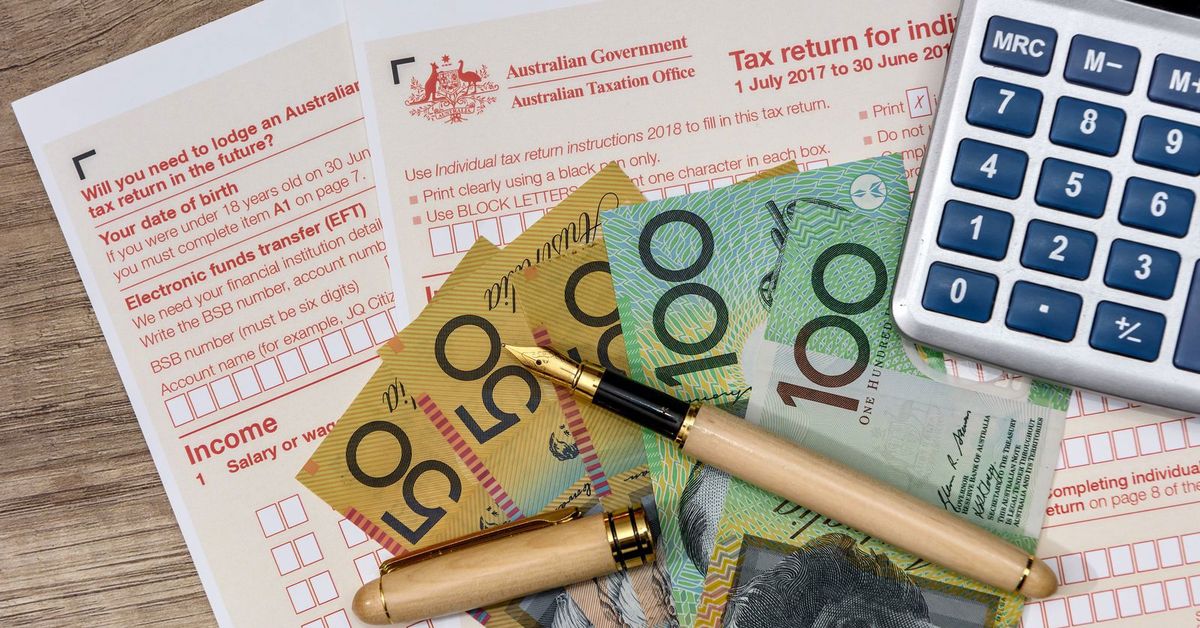Australians copped world’s biggest tax rate increase last year

- by Admin
- April 26, 2024

According to the Organisation for Economic Co-operation and Development’s (OECD) latest Taxing Wages report, released this morning, the average personal tax rate increased by 7.6 per cent for the 2022-23 financial year.
That’s a bigger jump than any of the organisation’s 37 other countries recorded, and by some margin; Luxembourg had the second-biggest increase at 5 per cent, while New Zealand was next on the list with 4.5 per cent.
It provided workers earning under $126,000 with a tax cut of up to $1500, but finished at the end of the 2021-22 financial year – a decision made by both the current Albanese government and its predecessor led by Scott Morrison.

“This was due to the cessation of a tax credit (the low and middle-income tax offset [LMITO]) and the fact that nominal earnings increased while earnings thresholds in the tax schedule remained the same in nominal terms,” the OECD wrote.
Last year’s increase brought Australia’s average tax rate up to 24.9 per cent of gross earnings – far higher than the OECD average of 15.4 per cent.
However, on the overall “tax wedge” – which is income tax plus employer and employee social security contributions (which Australia does not have) minus cash benefits – Australia is actually below the OECD average of 34.8 per cent, sitting at 29.2 per cent.
That will provide all taxpayers with a smaller tax rate, with much of the benefit being directed to those on lower and middle incomes.
The Latest News
-
December 23, 2024Championship three-peat reward for ‘clinical’ Aussies | cricket.com.au
-
December 23, 2024Australian tennis star Purcell takes on voluntary provisional suspension for breaking anti-doping rules
-
December 23, 2024‘Back myself and be fearless’: Konstas lives by mantra in first hit | cricket.com.au
-
December 23, 2024Wimbledon champion accepts ban for anti-doping breach just months after winning US Open
-
December 23, 2024Australian tennis star Purcell takes voluntary suspension over anti-doping breach





